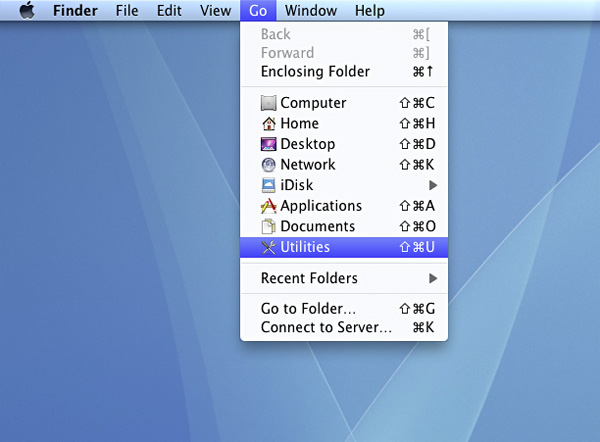
The ideal use for these is for cloning system drives and other large chunks of data. The biggest advantage is that the partition and file size limits are extremely high, which is the major difference between FAT32 and NTFS. It offers several features that are neither found in FAT32 or exFAT, such as a change journal for recovery after errors or crashes, security using file permissions, encryption support, and more. The NT File system is the default one that your hard drive is formatted with when you install Windows. NTFS is a Microsoft format that debuted with Windows NT, but it was only made available in consumer versions of Windows since Windows XP. This file system is generally recommended if you need to use the USB drive with different types of hardware because of its wide compatibility.

That's a hard limit so even if you have a file like a Windows 10 ISO that's about 4.1GB, you can't store it on a USB drive that has been formatted with the FAT32 file system. However, it has one limitation in that you can't store file sizes that are larger than 4GB. It is also the most widely used file system in the world because of its compatibility with multiple devices like smart TVs and media players. FAT32įile Allocation Table 32, shortened to FAT32, was introduced with Windows 95 and is one of the oldest of the Windows file systems in use today. Let's look at each of these in detail and then get into how to format your USB drive with the appropriate file system on a Windows 10 PC. The three most popular ones for formatting a USB drive are FAT32, NTFS, and exFAT, all of which are compatible with Windows-based computers as well as other devices. This is especially important when holding big files or making bootable install disk. The only challenge with USB drives, however, is to know what file system to use when formatting them. They come in various capacity options, and easy to slip into your pocket or handbag, and they're far more durable than physical disks such as CDs, DVDs, and BDs. USB drives are extremely convenient to use for carrying data around.


 0 kommentar(er)
0 kommentar(er)
